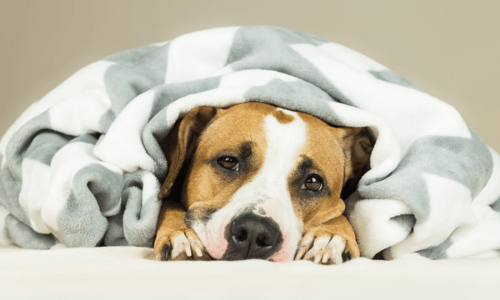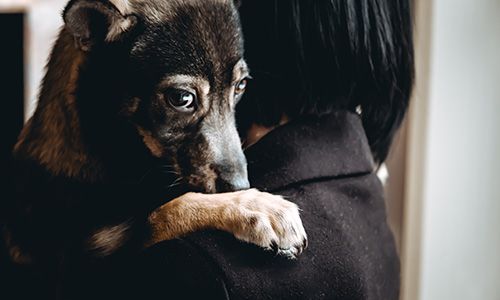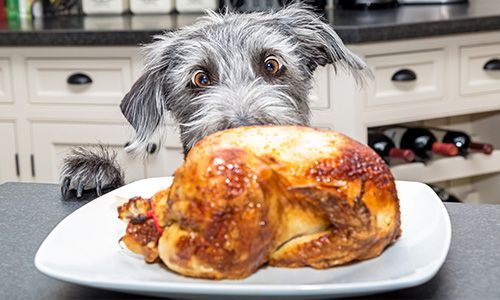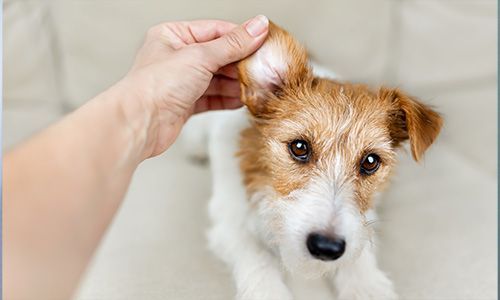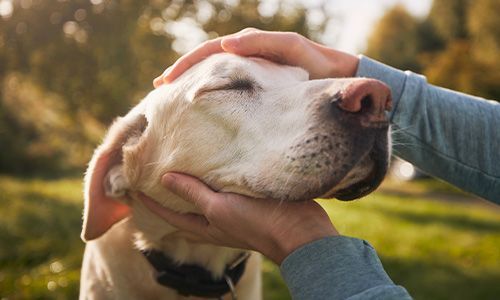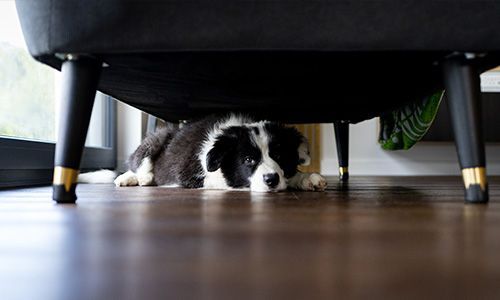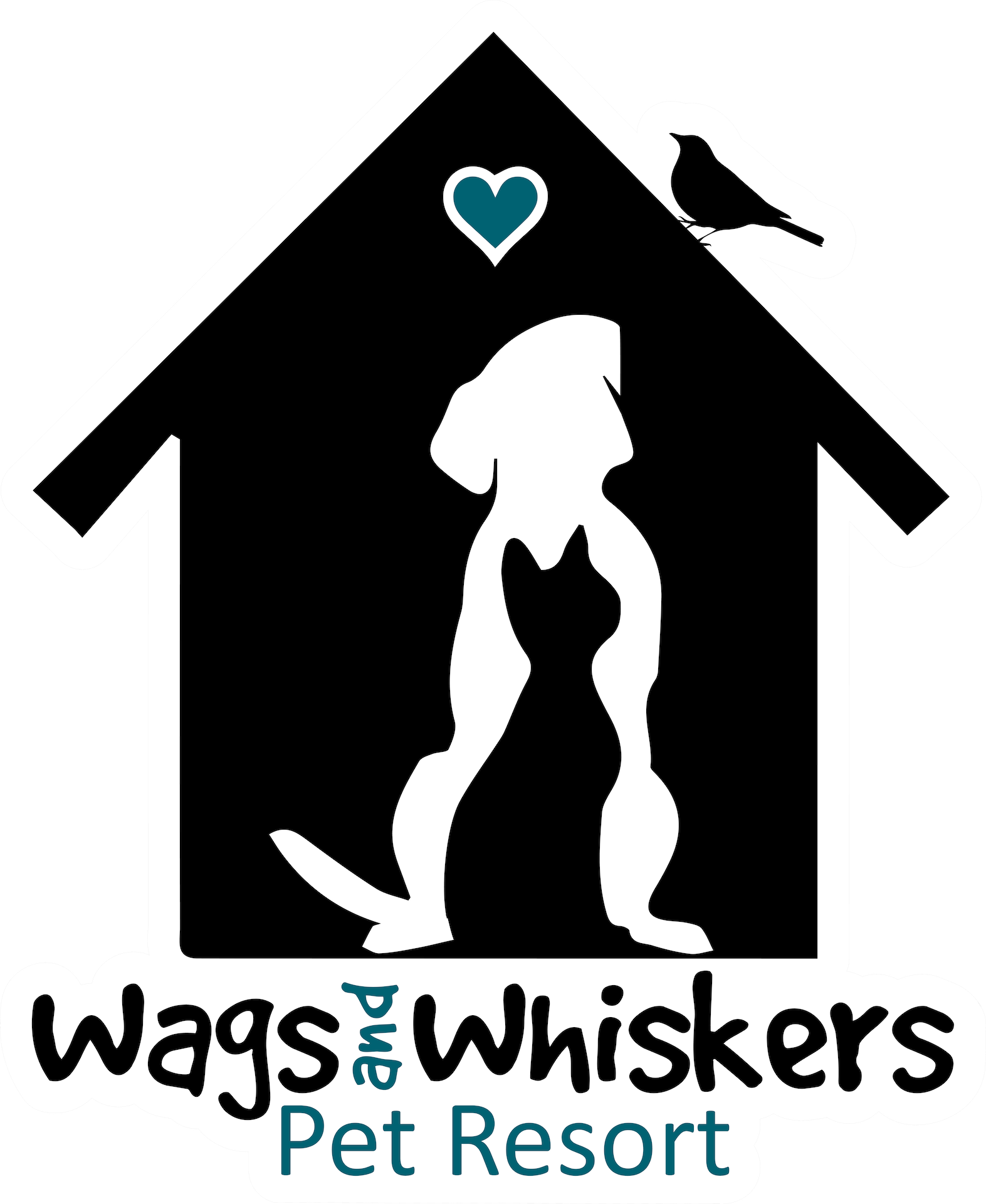COLD SYMPTOMS IN DOGS
Can My Dog Catch a Cold?
Colds don't just make people miserable. Dogs can also experience sneezing, coughing, congestion, and other common cold symptoms.
What Are the Symptoms of Colds in Dogs?
You're probably already familiar with the symptoms of colds in dogs, as they're pretty much identical to the ones you experience. In addition to sneezing, coughing and nasal congestion, signs and symptoms may include watery eyes, runny nose, sore throat, and body aches. Your pet might not be as energetic as usual, which is a good thing.
Rest is very important, as it helps your dog recover from the viral infection.
Can My Dog Catch a Cold from Me?
Pets and people can share some illnesses but colds usually aren't among them. Several different types of viruses can cause cold symptoms in dogs.
Is It a Cold or Something Else?
Cold-like symptoms can also occur if your pet has another viral illness, such as canine flu or Canine Cough/Bordetella. If your coughing dog sounds a little like a honking goose, Canine Cough/Bordetella may be the cause of the symptoms.
Canine Cough/Bordetella can spread quickly through animal shelters, doggy daycares, and anywhere else dogs are in close contact with each other. The illness can be severe in puppies under 6 months or dogs with immune system conditions, according to the American Kennel Club. Most dogs get better on their own, but some will require veterinary treatment. The Canine Cough/Bordetella vaccine can reduce your pet's risk of developing Canine Cough/Bordetella.
Canine influenza may also cause many of the same symptoms as colds. The illness is very contagious. In fact, nearly all dogs exposed to it become infected, although only 80 percent show symptoms, according to the American Veterinary Medical Association.
Symptoms of canine flu may include sneezing, runny nose, fever, and a dry or wet cough. In some cases, dogs may develop pneumonia or a secondary bacterial infection. The canine influenza vaccine can decrease your pet's risk of getting the flu.
Are you worried that your pet's cold symptoms may actually be caused by the coronavirus? Although some dogs have tested positive for the virus, the numbers are fairly low. Most dogs that were infected with the coronavirus had mild symptoms, and none were fatal, according to the Centers for Disease Control and Prevention.
Other illnesses that can cause upper respiratory symptoms include fungal or bacterial infections, allergies, worms, and heart disease.
What Should I Do If My Dog Has a Cold?
Since it's not easy to tell what type of illness is causing your dog's symptoms, it's a good idea to pay a visit to the veterinarian. Your pet's veterinarian can provide a diagnosis and treatment options no matter what the cause of the symptoms.
If your dog does have a cold, a cool-mist humidifier will ease nasal congestion and soothe your pet's sore throat. Be sure to provide plenty of water to ensure that your pet stays hydrated.
When your furry friend's nose runs, use a soft, moist washcloth to remove mucus. If your pet usually accompanies you on your daily run or long walk, leave him or her at home. Over-exertion may cause your pet to feel worse or make it difficult for your dog to keep up with you.
Call the vet if your pet's symptoms worsen or don't improve after a week, or your dog isn't interested in eating or drinking. Don't wait a week to call if your pet has a chronic condition, or is a senior dog or puppy. Let the veterinarian know immediately if your pet has difficulty breathing, walking, or standing.
Are you concerned about your dog's cold symptoms? Contact our office to schedule an appointment.
Sources:
American Kennel Club: Kennel Cough in Dogs - Symptoms, Treatment and Prevention, 1/23/19
American Veterinary Medical Association: Canine Influenza
American Kennel Club: Can Dogs Get Colds?, 8/23/17


